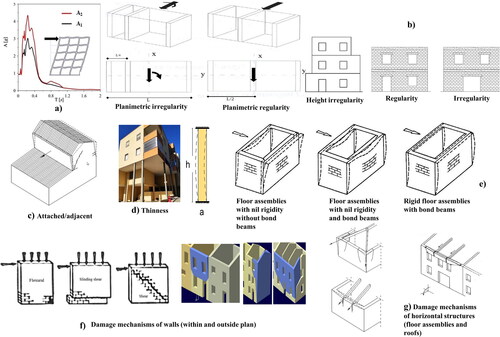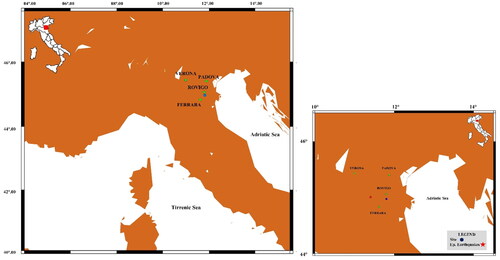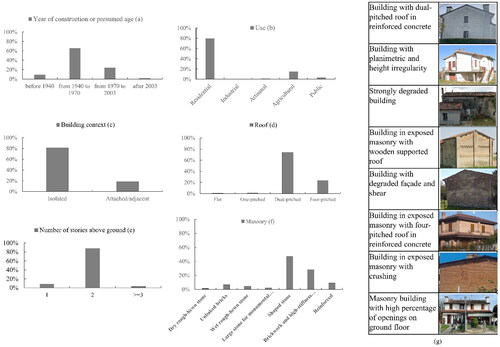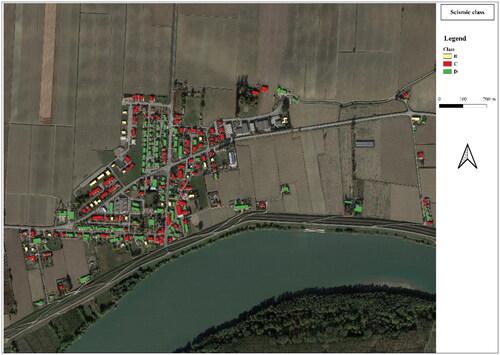Figures & data
Table 1. Seismic risk classes and corresponding PAM values.
Table 2. Attribution of the initial vulnerability class based on the masonry type.
Figure 1. Zones (from 1 to 4) of Italy based on seismic hazard. PGA with probability of exceeding 10% in 50 years.
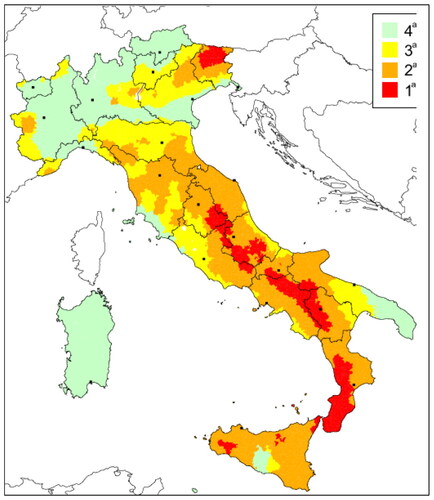
Figure 3. Representation of Tables A and B with their respective fields and attributes (in italics).
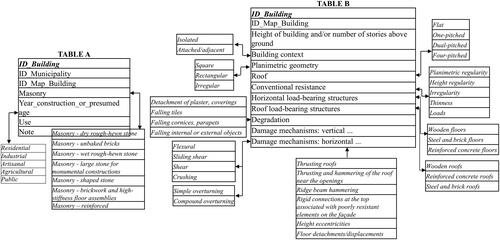
Table 3. Elements of the shift from the initial vulnerability class to the final one.
Figure 9. Final vulnerability class (a) and seismic risk class (b) based on the percentage of masonry buildings surveyed.

Table 4. Seismic risk classes and corresponding PAM as a function of the percentage of masonry buildings surveyed.
Table 5. Comparisons between the proposed simplified method and the rigorous conventional and Cartis form methods.
Data availability statement
The data processed by the author in this paper are available upon request to him.


